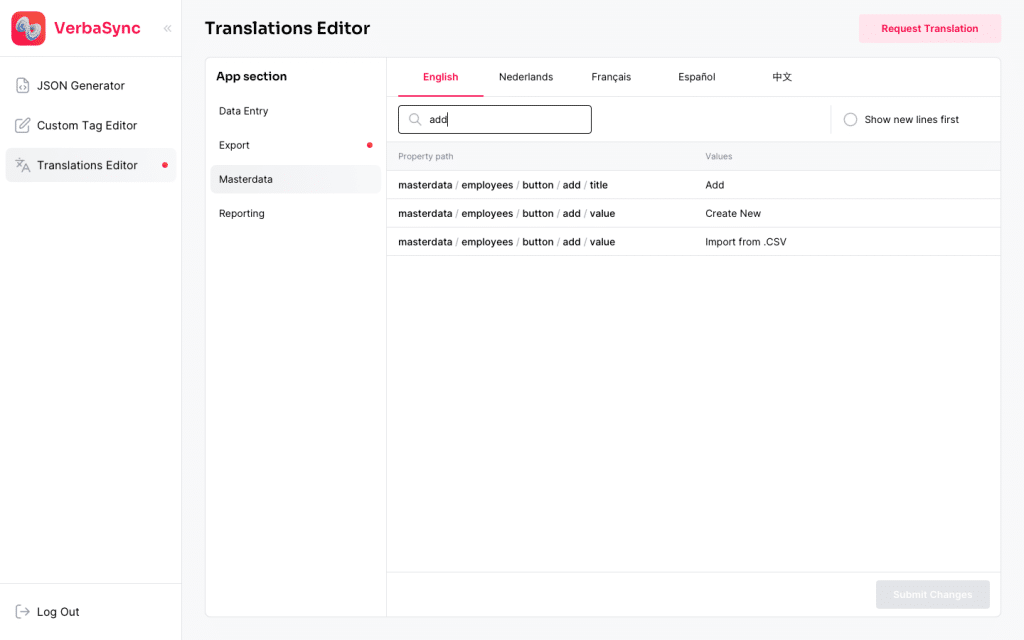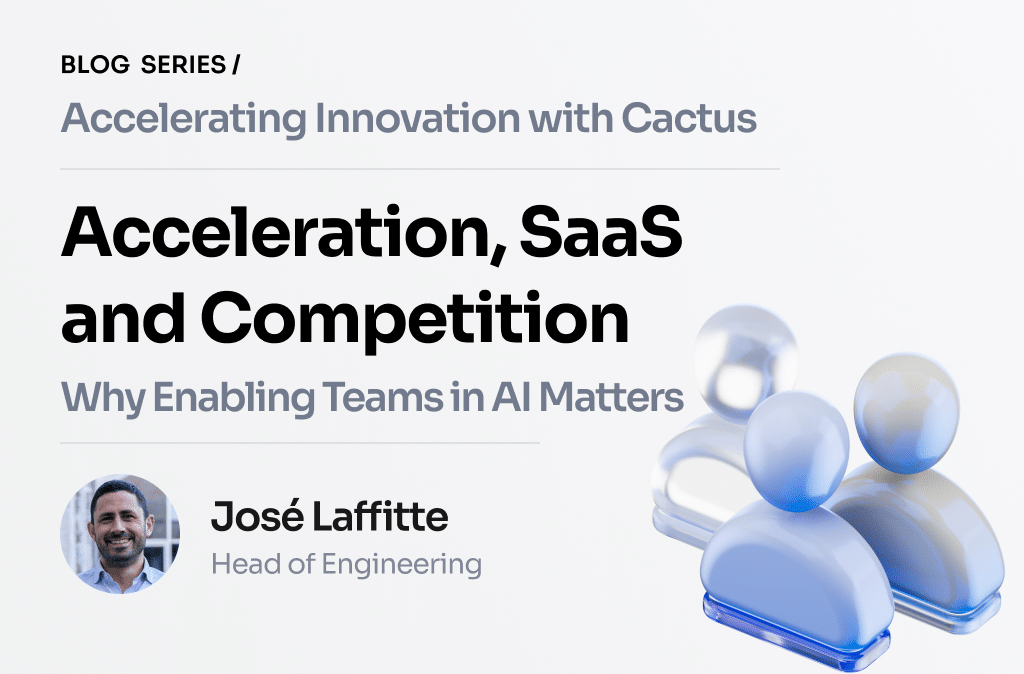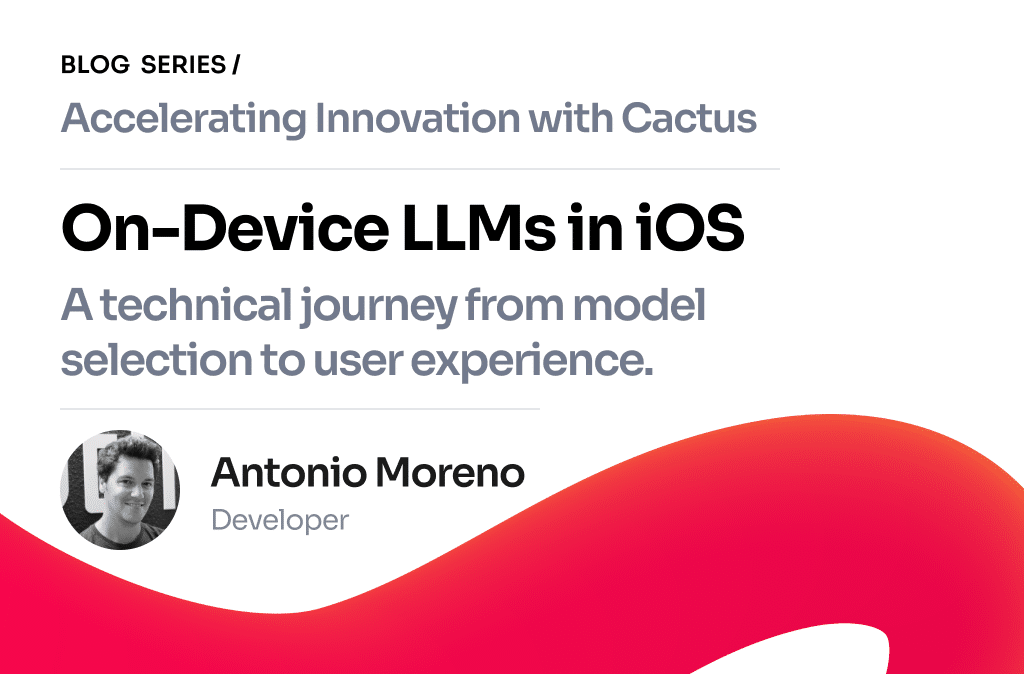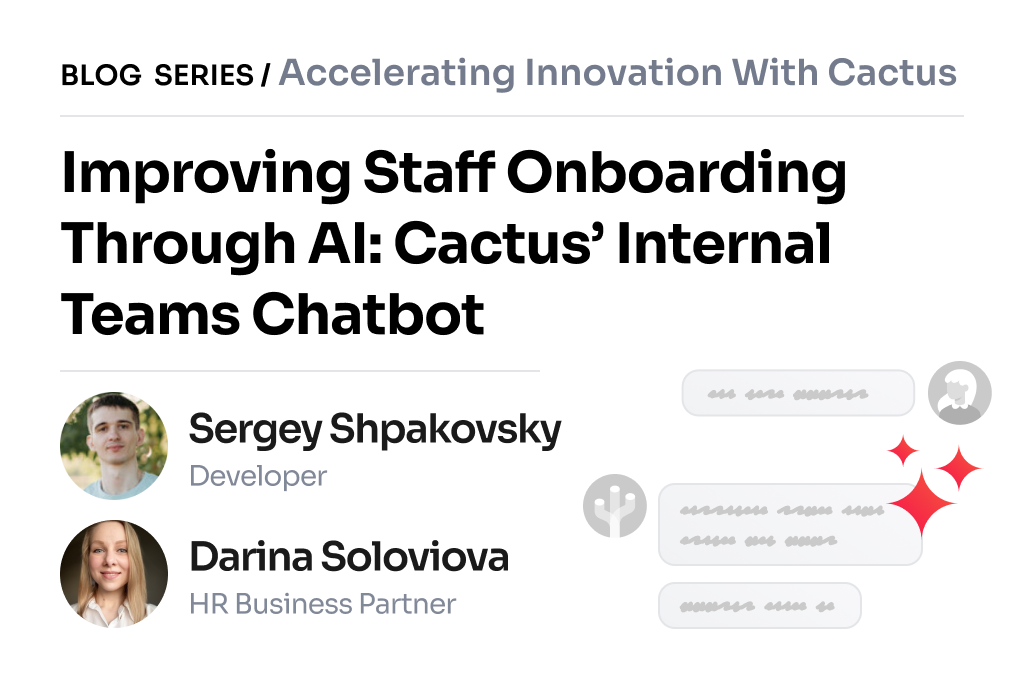In today’s global market, applications must support multiple languages, translating an essential yet time-consuming task. Our team experienced firsthand the challenges of building and maintaining translation structures, managing manual translations, and ensuring accurate implementation across applications. To overcome these obstacles, we harnessed our expertise in AI to create a powerful platform that automates and simplifies the translation process using advanced AI translation software and artificial intelligence translation tools.
Discover how our innovative machine learning translation platforms not only speed up multilingual app development but also enhance collaboration with clients, providing a seamless experience from translation to implementation. Dive into our case study to see how we transformed a tedious task into an efficient and streamlined workflow, benefiting both our team and our clients. Authored by Luis Alvarez, Developer at the Cactai Team.
Why are we doing it? What is the pain that we had?
Nowadays, almost all apps are intended to work with many languages, and we faced the painfully time-consuming tasks that usually involve translating an application. For example:
- Building the initial translation structure in either a JSON or XML file;
- Translating each of the values in that file into all desired languages manually;
- Implementing the translation files in the application, following the right format, based on the translation library that the team is using;
- Controlling the status for the translation of each term;
- Having a reliable version control for updates on the translation files.
So, we decided to use automated translation systems powered by language processing technology and our expertise in AI to help with all of these repetitive and manual tasks!
How did we approach the problem? How did we go through the issues that needed to be addressed and cleared them?
We decided to create a platform where we could manage and tackle all these problems. Firstly, we created a Python POC (Proof of Concept) to ensure we could translate a JSON file without changing any property values using AI translation software, and… it worked like a charm!
After solving the main issue (since we only speak English… and Klingon, LOL), we faced the remaining issues: building the initial translation structure as a JSON file and applying that translation by changing current texts with the desired artificial intelligence translation tools (in this case, we were using the Transloco library).
For this purpose, we created a microservice to handle the scanning of texts in the app to create the initial JSON structure and also to apply newly created properties throughout the app, changing texts for translation library calls.
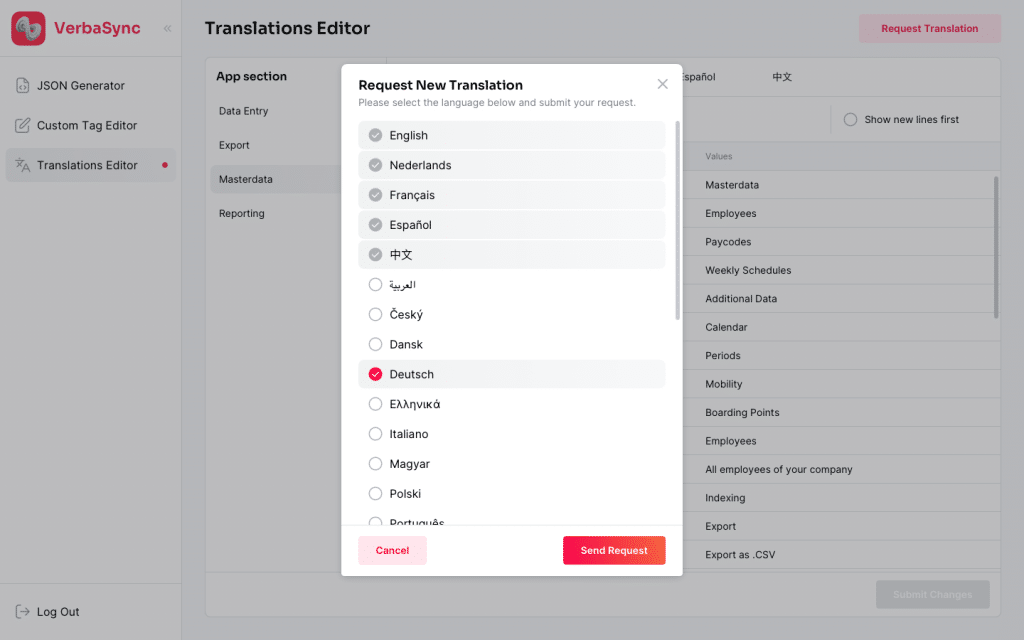
What did we implement? What tools did we use?
The decision was easy: split responsibilities into two different backend APIs.
- One of them is to manage AI integration to translate JSON files or single properties
- Another one is to manage everything related to reading/writing onto files to create the initial JSON translation file and also to change texts with translation library calls. This will also have a connection to a DB to save JSON and change requests from clients.
- We also wanted a useful frontend, not just for developers to apply translations but also for clients to review the translations of their projects and to change translations if needed. This frontend manages projects, translation files within those projects, and includes a viewer/editor to review all properties in selected files and process change requests from clients.
From the frontend, we have different modules to trigger necessary actions such as:
- A section to generate the initial JSON translation file and view the result;
- A section to change texts in files to translation library calls with the correct properties;
- A database to store translation files, change requests, and project information, avoiding the need for frequent rescans.
How does it help us in the day-to-day?
This platform is invaluable during the final stages of developing a Minimum Viable Product (MVP) for any app. By automating tasks with machine learning translation platforms and automated translation systems, it significantly reduces the time spent on translation-related tasks. Additionally, providing clients with a platform to review translations and submit change requests has greatly decreased the response time between us and our clients for these adjustments. Our language processing technology ensures that translations are accurate and easily manageable, making the process seamless for both developers and clients.
Conclusion
Creating this kind of platform has helped us significantly reduce the time to market of our apps, as it covers tedious tasks and also provides our clients with a platform where they can easily give feedback. By leveraging AI translation software and artificial intelligence translation tools, we’ve streamlined our workflow, enhanced collaboration, and transformed the way we manage translations in multilingual applications.

